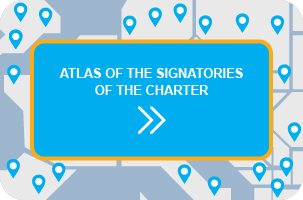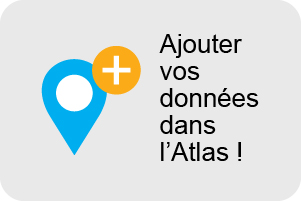City of Gothenburg – Interview
Interview with Eva Kjellström – Planning officer – Gender Equality
Date of interview: 2014/16/19
Signature of the Charter: 2008
Background to the signature of the Charter:
The City of Gothenburg had had an objective to work on gender equality since many years. In June 2008, one of the political parties submitted a motion to the Municipal Government to sign the European Charter. After the motion had circulated and been accepted by various bodies within the municipality, the Municipal Government finally accepted the proposal.
1st step – Planning and identification of areas for intervention: When the City of Gothenburg was going to start the work with the Charter the City wanted to look into how they could combine working on Human Rights, diversity issues and gender equality. The City started mapping how the different departments, services and district councils were working on these issues. However, the mapping turned out to be more complex and took more time than expected. Therefore, the City decided to separate the work on Gender Equality and Diversity.
General overview on Gender equality in relation to the Charter: As a result of this decision, the Human Rights department started a new screening in 2013 of what was done in the area of gender equality within different departments. It was already known that most work on gender equality was done by departments in the welfare sector; however the extent of actions and focus varied a lot. At the same time the gender equality work within a majority of the technical departments turned out to be very limited.
The aim of the overview was to screen what was done in Gothenburg according to the different articles of the European Charter. The results of the overview showed that the implemented activities in different areas covered most articles of the European Charter. The objective was also to present suggestions and recommendations of interventions and priority areas that could improve the work, which would also constitute the basis to develop a gender action plan for the city of Gothenburg. The report was presented for the Municipal Council in August 2014. The full report is accessible (in Swedish) on the following link.
Lessons learned:
- The leadership’s commitment is essential: In those cases where the management has provided resources for gender equality work and requested results, this has generated positive outcomes.
- Systematization: The gender dimension needs to be further integrated in the planning and follow-up system in order to facilitate a more systematic way of working with gender issues, in which interventions to supporting gender equality and results at different levels are linked.
- Gender mainstreaming is a question of accessibility and power to influence. Equal access to the service provided by the municipality is essential, but gender equality is also a question of power. Gender interventions should contribute to the Swedish national gender equality policy goal that stipulates that women and men have the same power to shape society and their own lives.
- Connecting Gender equality to Diversity/Human rights issues. Many departments engaged in gender equality, work from an intersectional and norm-critical perspective taking into account these issues as well. An area of development is to build upon these examples and systematize it with the city’s development of human rights work.
Good practices from Gothenburg
Through financial support from “Sustainable Equality” – a project from SALAR the City of Gothenburg had the opportunity to implement several interesting projects. The success of these projects was that they looked at the daily work and tried to improve the working processes instead of making separate projects that would not be linked to daily routines. In this way the City could integrate the gender aspect in a better way to ensure sustainability. In order to build up and improve internal structures, the City has also started training staff working at the City administration on gender issues to support colleagues and leadership in gender integration. In that way the City is not dependent external consultants that are often expensive.
- Activities for elderly people: The City reviewed its activities offered for elderly people and started mapping how many women respectively men that attended these activities. It became clear that there was a lack of activities meeting men’s interest. When the City changed and adapted the offer of activities more men started attending. This example shows that gender equality can increase quality of services and is a matter of ensuring that the interest of all citizens is taken into consideration. It also shows how working on gender equality also is a matter of democracy, inclusion and looking at power structures.
- Citizen dialogue and Urban planning: Another project involved citizens dialogue and urban Planning. When mapping the citizens that showed up at the public consultations it turned out that a majority were old, mostly white men with a high social economic background. The challenge for the project was to find ways to support and empower other groups in the society to also take part in public consultations and get involved in the dialogue on urban planning-issues.













